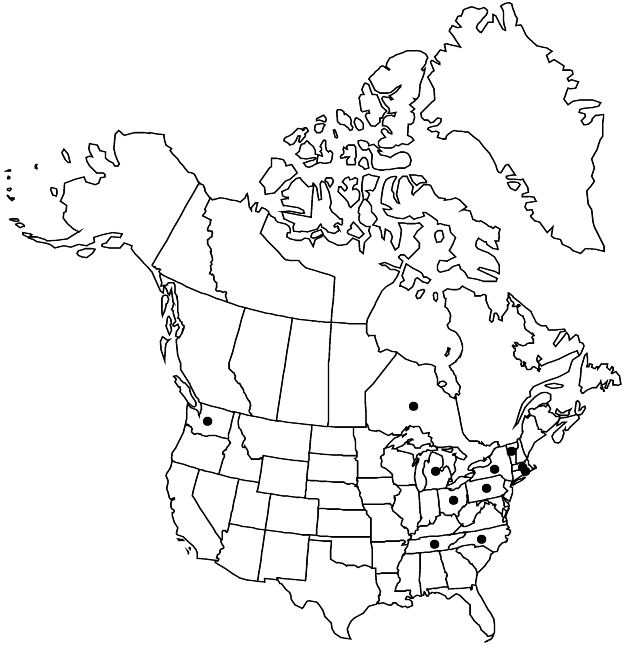Euphorbia platyphyllos
Sp. Pl. 1: 460. 1753.
Herbs, annual, with taproot. Stems erect, unbranched or branched, 15–80 cm, usually glabrous, rarely pilose. Leaves: petiole absent; blade oblanceolate or obovate, 20–50 × 5–10 mm, base subcordate or cuneate, margins finely serrulate, apex usually acute, occasionally obtuse, occasionally mucronulate, surfaces usually sparsely pilose, occasionally glabrate; venation pinnate, midvein prominent. Cyathial arrangement: terminal pleiochasial branches (3–)5, proximalmost node 3-branched, more distal ones 1–3 times 2-branched; pleiochasial bracts similar in shape and size to distal leaves; dichasial bracts distinct, ovate-triangular, base obtuse, margins finely serrulate, apex obtuse, mucronulate; axillary cymose branches 0–7(–14). Cyathia: peduncle absent. Involucre cupulate, 0.9–1.2 × 1.3–1.6 mm, sparsely pilose; glands 4, elliptic to ovate, 0.5–0.7 × 0.7–1 mm; horns absent. Staminate flowers 10–12. Pistillate flowers: ovary glabrous, styles 1.6–1.8 mm, 2-fid. Capsules globose or subglobose, 2.5–3 × 2.5–3 mm, slightly 3-lobed; cocci rounded, sparsely verrucose, glabrous; columella 1.9–2.1 mm. Seeds dark brown, ovoid, dorsiventrally compressed, 2–2.2 × 1.5–1.7 mm, smooth; caruncle ± reniform, 0.2–0.5 × 0.2–0.5 mm.
Phenology: Flowering and fruiting summer–fall.
Habitat: Lake shores, roadsides, waste places.
Elevation: 0–500 m.
Distribution

Introduced; Ont., Mass., Mich., N.Y., N.C., Ohio, Pa., R.I., Tenn., Vt., Wash., s Europe, introduced also in South America (Argentina, Chile, Paraguay).
Discussion
Selected References
None.